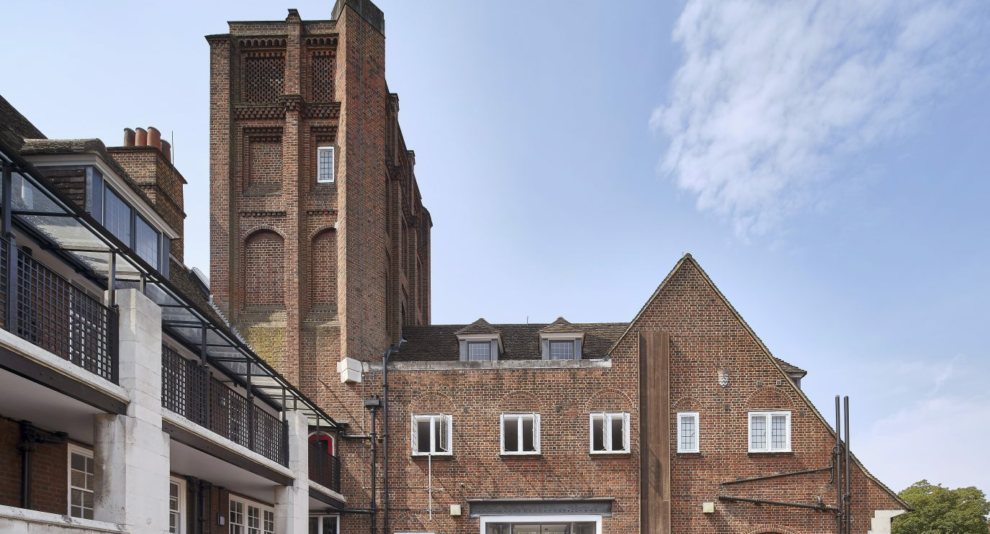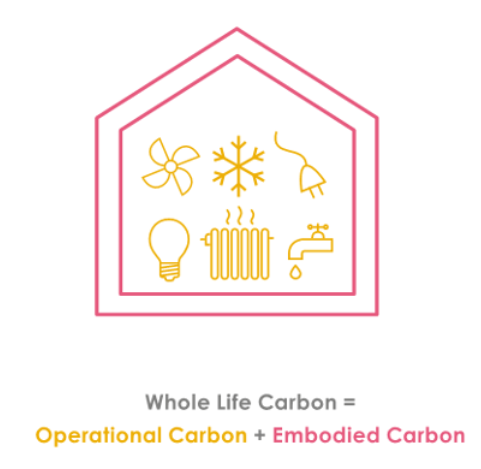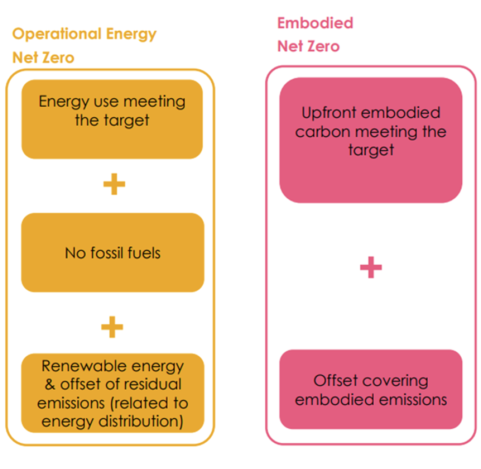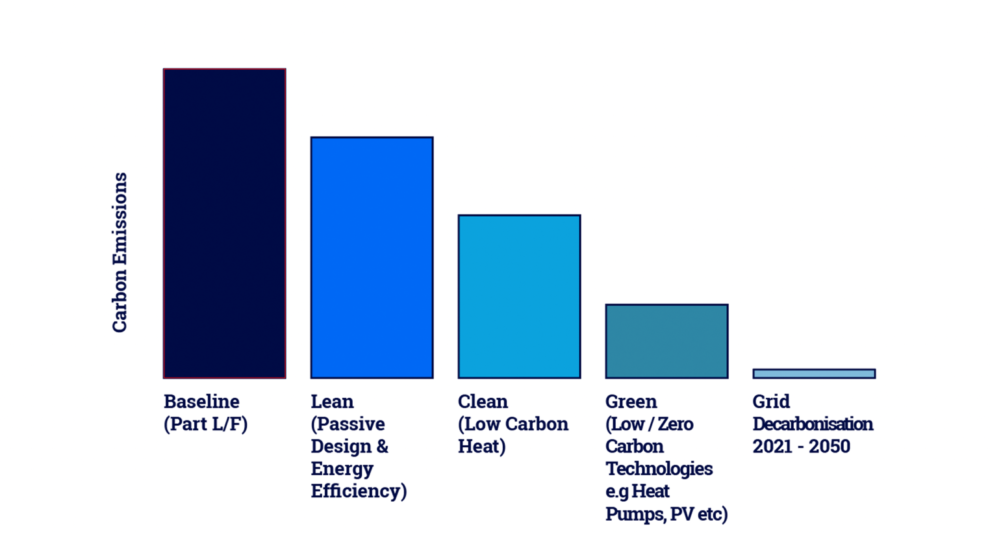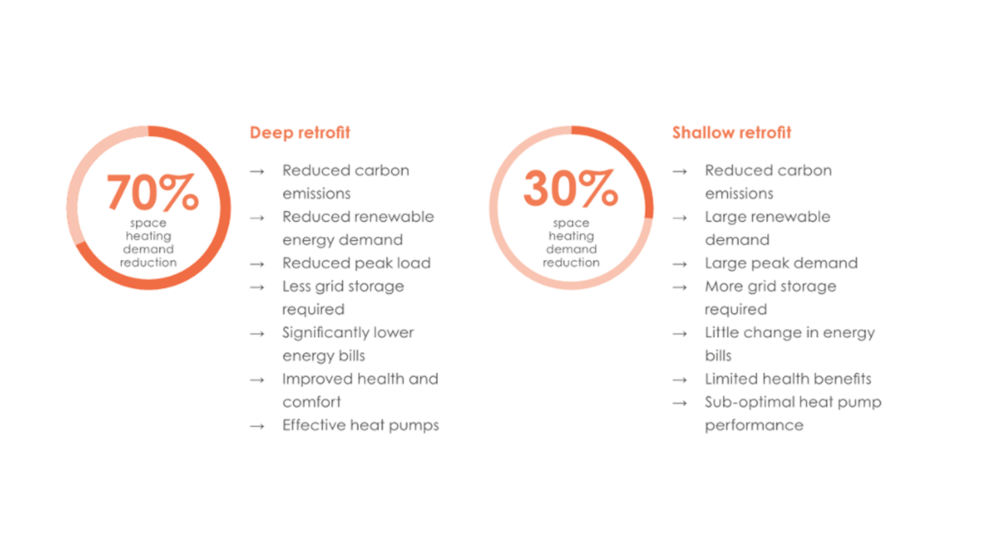<script type="text/javascript"> _linkedin_partner_id = "6415570"; window._linkedin_data_partner_ids = window._linkedin_data_partner_ids || []; window._linkedin_data_partner_ids.push(_linkedin_partner_id); </script><script type="text/javascript"> (function(l) { if (!l){window.lintrk = function(a,b){window.lintrk.q.push([a,b])}; window.lintrk.q=[]} var s = document.getElementsByTagName("script")[0]; var b = document.createElement("script"); b.type = "text/javascript";b.async = true; b.src = "https://snap.licdn.com/li.lms-analytics/insight.min.js"; s.parentNode.insertBefore(b, s);})(window.lintrk); </script> <noscript> <img height="1" width="1" style="display:none;" alt="" src="
×A Zero Carbon (AKA Net Zero Carbon) building:
Embodied carbon should also be considered, with priority given to reused and low carbon materials and following circular economy principles. When operational and embodied carbon are considered together, this is known as whole life carbon.
IN2 are highly experienced in developing and delivering low energy, low carbon buildings for the last 20 years.
IN2 follow and develop an industry recognized best practice approach to achieving and future proofing for Zero Carbon in operation for both new and existing buildings. Whether new or existing, our designs will seek to follow an energy strategy to reduce demand and consumption.
At IN2 we recognise each project requires a bespoke assessment to determine the optimum solution. This is because every project has its own unique set of characteristics and site-specific challenges (massing, orientation, form factor, construction type, use type, operational hours to name but a few).
There are several tasks IN2 can execute to determine the optimum solution for Zero Carbon for an existing building:
Best practice retrofit strategies will typically encourage a ‘deep retrofit’. Shallow retrofits should generally be avoided due to number disadvantages associated with suboptimal upgrade works. See image below on the example differences between deep retrofit vs. shallow retrofit.
Financial Benefits of Zero Carbon Retrofits
Individual and Business
